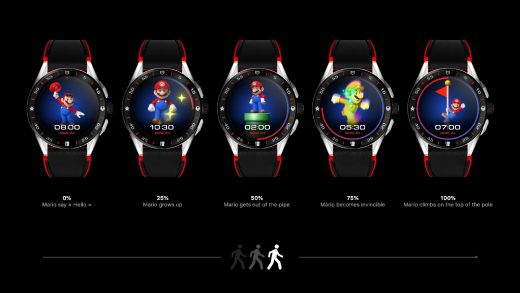Tag Heuer made a Super Mario-themed smartwatch because why not
Google and Samsung joined forces on the new Wear OS
RIP Tizen.

After years without a major update, Wear OS is getting some love today at Google’s I/O developer conference. The software’s latest version is coming, and was developed in collaboration with Samsung. This isn’t the deep Fitbit integration some of us might have been expecting since Google completed its acquisition earlier this year, but it’s still a pretty huge deal.
Wear OS meets Tizen OS
I’ve long considered Samsung’s Tizen to be the best smartwatch platform for Android users and this partnership demonstrates Google’s ability to recognize the Korean company’s expertise in this area. Though neither Tizen nor Wear OS measure up to Apple’s watchOS at the moment, Samsung’s software at least offers good built-in health and fitness tracking, along with a navigation system that makes common functions easy to find. Wear OS, meanwhile, is a simple skeleton that relies on cards and Assistant to get most things done, but has much more third-party app support than Tizen.
We don’t have all the details on what the new UI will look like yet, but based on some renders Google has provided, it looks like some navigation changes are coming. First, a double tap of a physical button on the watch case will let you switch between your current and previous apps, like a Spotify dashboard and a Strava workout session.
Google is also expanding its existing Tiles feature, which lets you swipe horizontally through a selection of widgets, to third-party apps. It was previously limited to first-party functions like Weather, Fit and Heart Rate. Some third-party examples we’ve seen so far include a relaxation timer from Calm. Google said you’ll be able to customize the carousel of Tiles to make your favorites easier to reach. Hopefully, we’ll see more support from developers since the Tiles alpha was opened up in March. A horizontal carousel of widgets would make Wear OS feel much more similar to Tizen, at least on the surface.
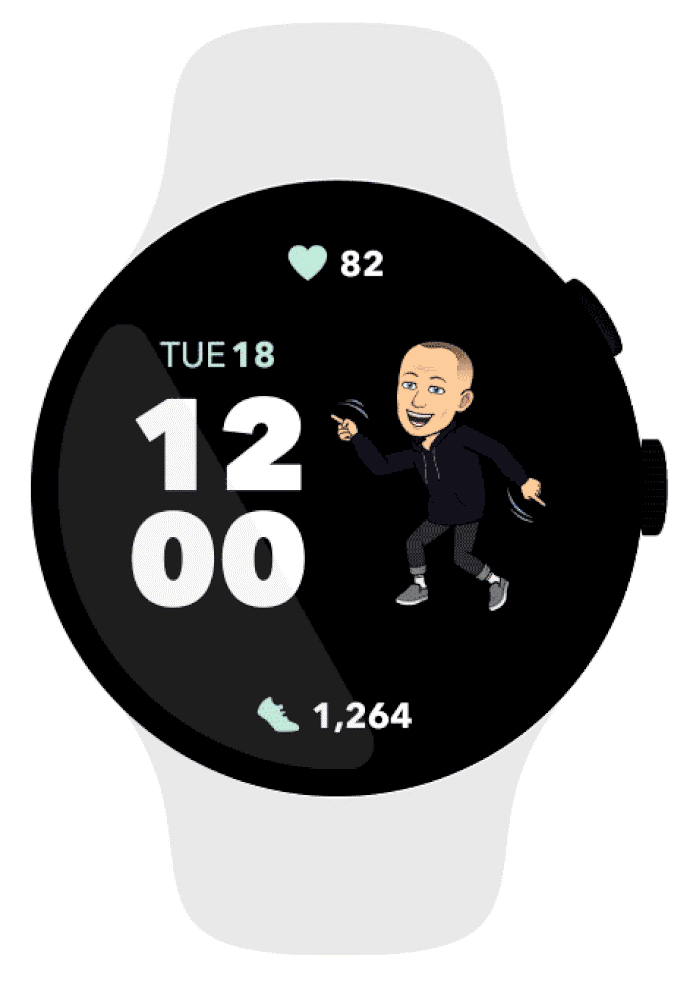
Google also said it learned things from Samsung like how to optimize battery efficiency and run certain processes in the background for a better user experience. In addition to improved performance like apps starting 30 percent faster and having smoother animations and transitions, the two companies also worked on things like the chipsets and platform-level enhancements. This should improve battery life, though don’t expect to see longer runtimes just yet. The energy efficiencies are more to enable useful processes without draining too much juice. Things like constant heart rate monitoring or sleep tracking, for example, were possible on previous versions of Wear OS but would sap the battery too much to be really useful.
The new combined platform would be more open, according to director of product management for Wear OS Bjorn Kilburn, and Google would be providing a new reference UI for watch makers. “We’re going to enable OEMs the ability to customize that experience much more deeply than they were able to in the past,” he said in an interview with Engadget. This means companies like Fossil and Montblanc can tweak the software more deeply than before, which could result in smartwatches from different OEMs being more distinct than ever.
Improved health and fitness tracking
One area where Wear OS fell short of Tizen and Apple’s watchOS before was health and fitness tracking. Though Google Fit tracked things like your steps progress and heart health points (gained from cardio activity), Wear OS didn’t offer a well integrated exercise-tracking system.
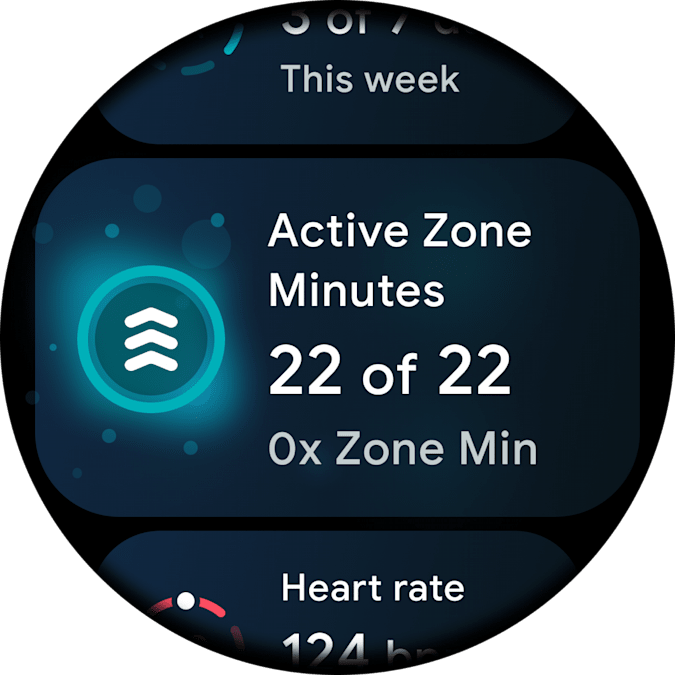
For the new platform, Google has “been working intensely with Fitbit and Samsung to completely rebuild the health and fitness framework on Wear,” Kilburn said. He said the team collaborated with Samsung to learn how to run things like constant heart rate tracking without draining too much battery. Google also got input from both companies on how to make use of sensors like accelerometers and heart rate scanners for a comprehensive health-tracking system. At I/O, the company launched a Health Services API alpha that would let developers get familiar with the new features available on the latest Wear OS.
In addition, Fitbit is building an app for the new Wear that will bring in its tools like workout tracking and health and activity monitoring throughout the day and on-screen celebrations. It’s not yet clear if Fitbit’s capable sleep-tracking function will be coming to Wear OS, but if it does, it’d give Google’s platform an edge over Apple. Since Fitbit uses your heart rate to tell what sleep stage you’re in throughout the night, it offers more insight than watchOS, which doesn’t interpret your cardio data that way yet.
Other upcoming changes
Some other changes include upcoming refreshes of Google’s own apps like Pay, Maps and YouTube Music, and the Assistant. Support for offline music playback (via YouTube Music and Spotify) is coming and Maps will also soon offer turn-by-turn navigation on the wrist.
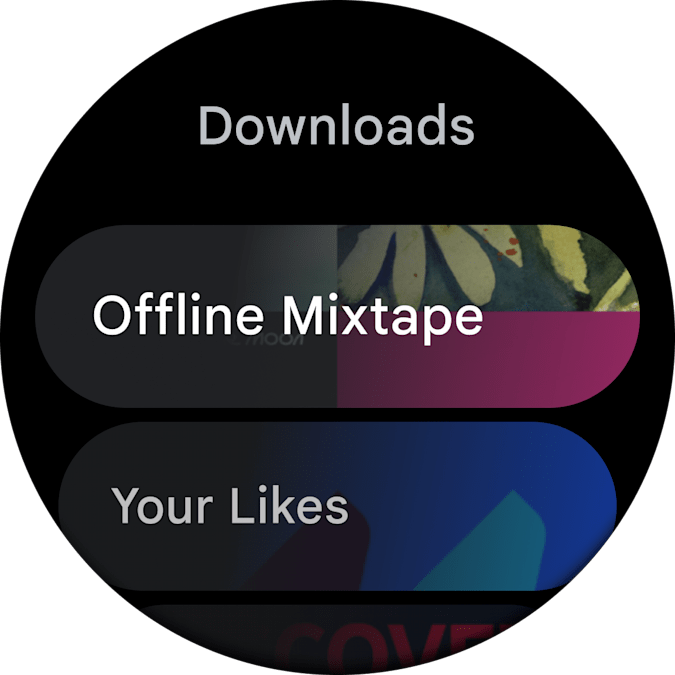
Most of these, like the Fitbit app, YouTube Music and Spotify updates are coming later this year, while the Maps redesign is expected later this month or early next. Similarly, Google Pay support on watches is expanding to 26 new countries later this month or early June, bringing the total number of countries to 37. The Pay redesign is coming later this year, though, while an Assistant revamp is set for early 2022.
Bitmoji is also working on a new watch face that will use your customized avatar as a background and change facial expressions based on your health and fitness progress. There will also be a new tool that will let designers customize watch faces, as well as promised improvements to performance and chipsets thanks to the Samsung partnership. Through that collaboration, the new Wear OS will also support more carriers for LTE connectivity, as well as more countries and languages. These are all expected to arrive later this year.
To make it easier for developers to create apps for the platform, Google is also offering Kotlin support optimized for Wear OS as of this week. Also beginning this week, developers will have access to new APIs for health services and ongoing activity to enable more background processes, making their apps more useful.
Samsung and Fitbit watches with the new Wear OS
While there’s no news of actual devices running the next generation of Wear OS yet, Fitbit did say it’s working on “premium smartwatches” based on the new software. Meanwhile, Samsung said that its existing smartwatches will continue to run Tizen and it’ll continue to support the OS for three years. But moving forward, new devices will use this co-engineered Wear OS instead. With the openness that this new platform will bring, Samsung’s devices could see an influx of third-party app compatibility that would make its watches more useful.
That marks the end of one era and the beginning of another in the wearable world. Though no other company has said it will be making watches based on the new Wear OS, we wouldn’t be surprised if Fossil, who’s so far been one of the biggest makers of these smartwatches, jumps in soon.
Will the Google and Samsung team up be the boost the industry has been waiting years for? And will the new Wear OS finally give Android users a smartwatch that rivals Apple? It’s still too early to tell. Until we can test devices and the new software out ourselves, all we can do is be cautiously optimistic.
Follow all of the news from Google I/O right here!
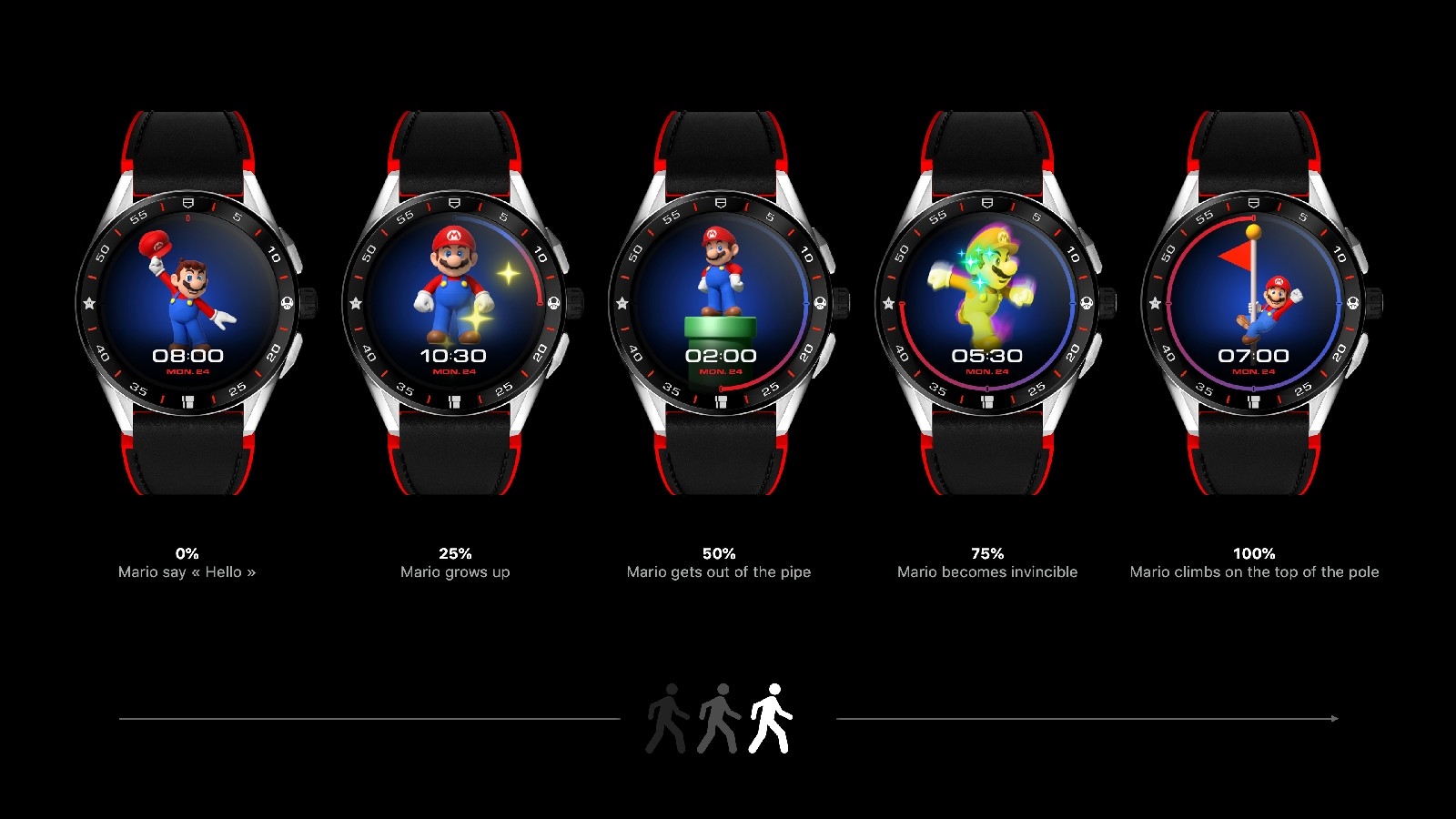 https://www.engadget.com/non-Mario counterparts, which start at $ 1,800at its websiteWellnessWear OS watch
https://www.engadget.com/non-Mario counterparts, which start at $ 1,800at its websiteWellnessWear OS watch
(28)

